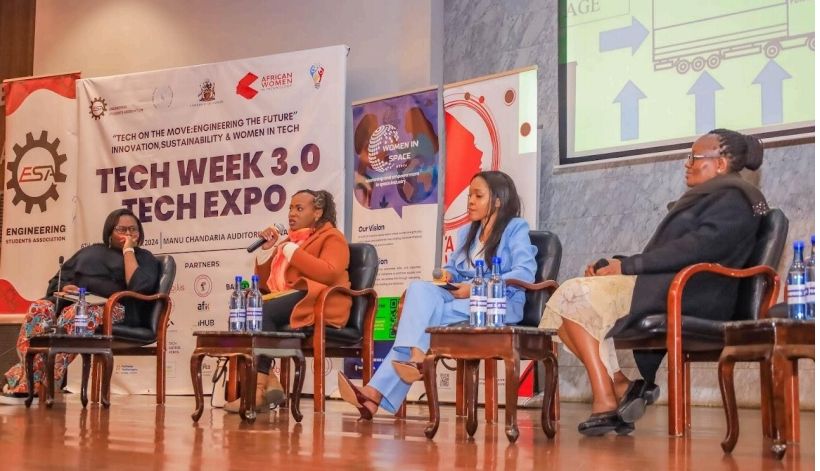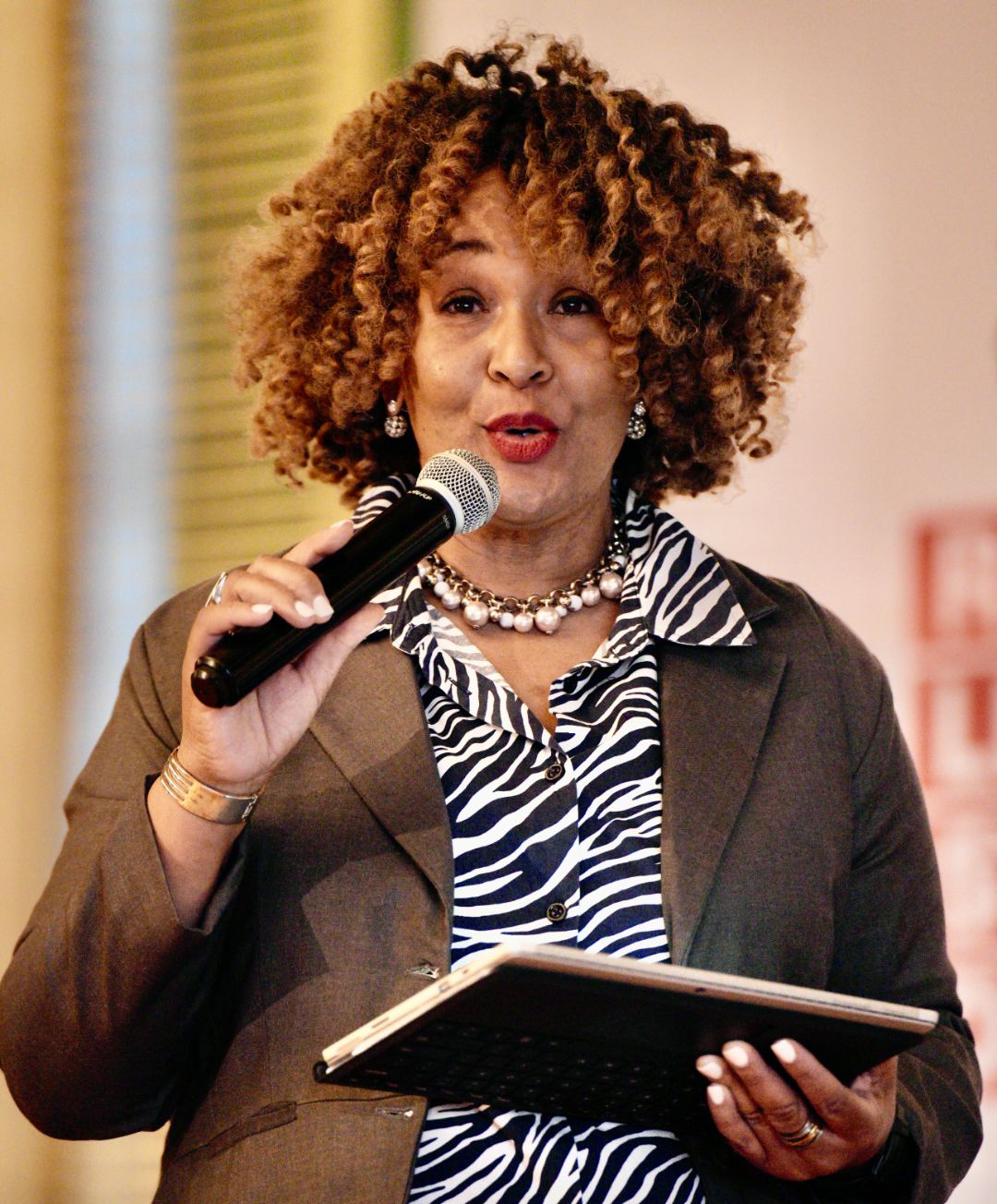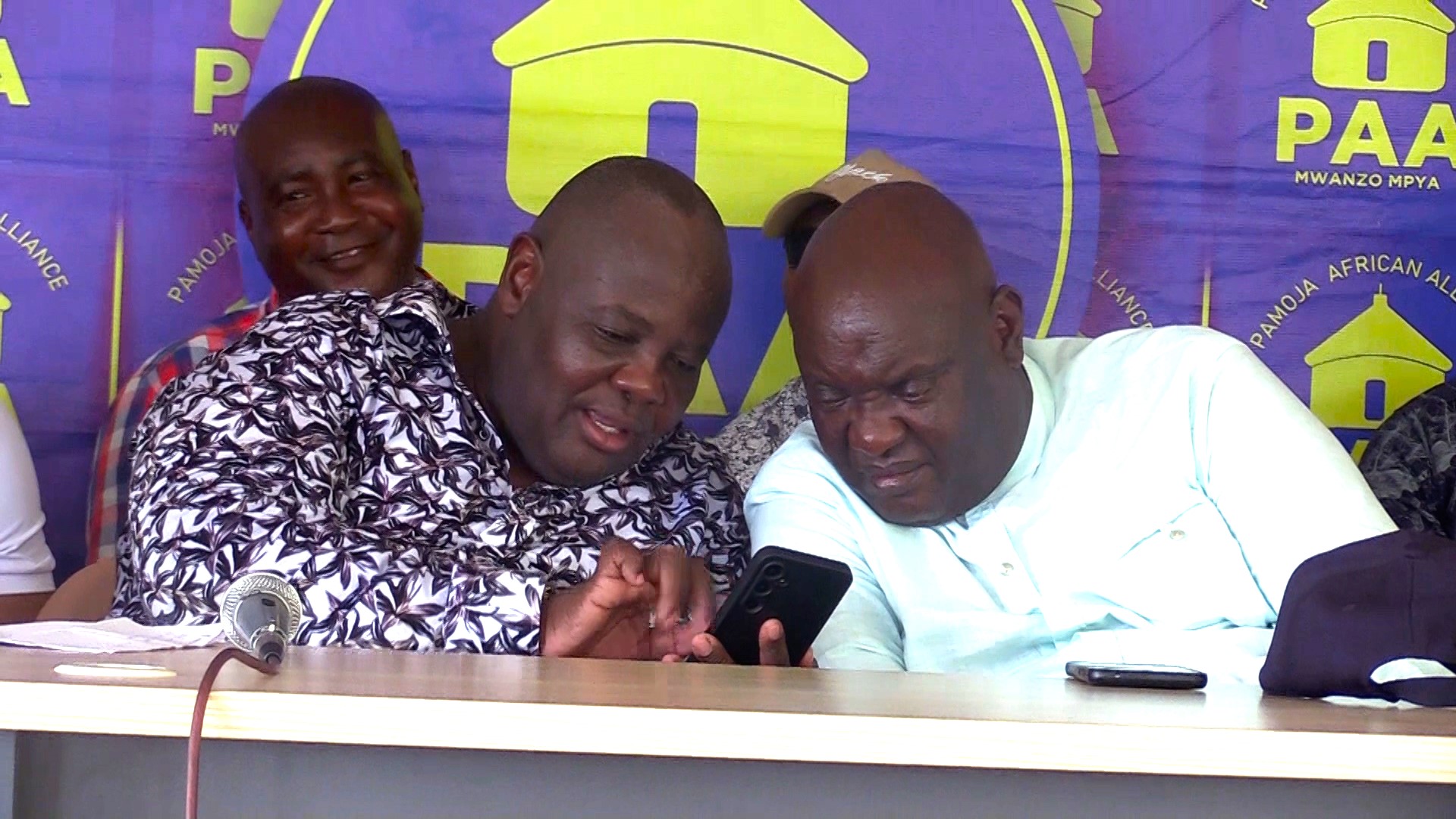Medic East Africa 2024 Helps Build an Equitable and Responsive Health Systems in the Region

From debates about the challenges facing universal health coverage (UHC), to dialogue on leadership in primary healthcare and medical laboratories, Medic East Africa 2024 has shifted the needle when it comes to how progress is measured in the region’s medical sector.
“This dynamic gathering has brought health industry stakeholders together to confront critical problems facing the sector. Now we must get to work so the people of East Africa see rapid action and coordinated projects to overcome these challenges,” said Mary Muriuki, Principal Secretary at Kenya’s State Department for Public Health and Professional Standards.
Over 8 000 healthcare and medical lab professional visits and more than 200 exhibitors filled the Kenyatta International Convention Centre for this year’s event, making it the largest medical industry gathering in East Africa.
Speaking on the last day of the conference Amogh Wadwalkar, Exhibition Manager at Medic East Africa says, “the show comes to a close having created a collaborative environment for knowledge sharing, innovative product showcases and rigorous discussions that will shape the future of health care in East Africa.”
This year’s conference successfully showcased the latest health solutions from Egypt, South Africa, and Brazil in its expanded country pavilion. Not only did guests witness cutting edge medical technology, but they were also inspired to think out of the box in low-resource settings.
Leading local medical industry companies like Intermedica, Taha medical, Medware, Skills Meducation and first time exhibitors like Innvolution, Precision UK and Medcourt demonstrated their latest innovations at the conference and attracted other investors to the three day gathering.
Partner associations like the Kenya Medical Association, the Association of Kenya Medical Laboratory Scientific Officers, the Rural and Urban Private Hospitals Association of Kenya, made significant contributions by sharing their frontline experience with industry leaders across the region.
“We are proud to have showcased the latest innovations at this exhibition. The technologies seen here will also have a great impact on health service delivery in rural areas, where people find it most difficult to access care,” says Wadwalkar.
The Healthcare 2.0 East Africa Summit got health workers, policymakers, researchers, and civil society representatives to reflect on progress towards issues like UHC, service delivery and the future of health financing.
The Medical Laboratory conference was a technical scientific event where attendees learned about subjects like the integration of bioinformatics tools into regional labs, advances in rapid diagnostic methods and how antimicrobial resistance can be combated in the region.
Both of these CPD accredited conference tracks ensured that attendees gained relevant and valuable skills that they can take to their local health systems in future.
In-person conferences have received much criticism in recent years for the high amount of greenhouse gas emissions they generate. That’s why Medic East Africa took every step possible to consider and reduce its environmental impact.
“There is always room for improvement and further reduction of our carbon footprint. We are however happy that our delegates had access to eco-friendly transport in the form of electric buses to move around Nairobi. It is encouraging that exhibitors heeded our call to only use sustainable building materials, allowing us to reduce waste during the gathering,” says Wadwalkar.
Charting the path toward a prosperous health sector
Medic East Africa 2024 and its concurrent Medlab East Africa conference created a platform for robust debates, network building and knowledge sharing that will help the region overcome its health challenges.
East Africa is ready and able to use technology and further investments to bring real, positive change to people’s lives. This meeting has created a collaborative environment with a diverse range of stakeholders who can now move forward with the project of creating an equitable and responsive health system in the region.






